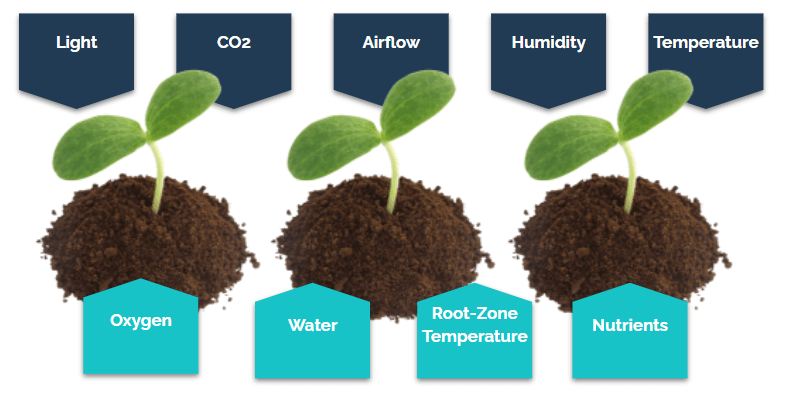August 04, 2022
Boulder, Colorado - August 04, 2022 - PRESSADVANTAGE -
Boulder, Colorado - Surna Cultivation Technologies (www.surna.com) is at the forefront of this industry, providing innovative solutions that help cultivators reduce their energy consumption. From LED grow lights to HVAC systems, Surna's products are designed to minimize energy waste and maximize crop yields. Surna's goal is to make cannabis cultivation more efficient, sustainable, and profitable for growers.
When it comes to indoor agriculture, there is no one-size-fits-all grow light. Different crops require different types of light in order to thrive. Surna, a leader in cannabis cultivation technology, has highlighted the qualities of the best type of grow light for indoor agriculture.

Lighting plays a crucial role in the way plants photosynthesis. By growing in a controlled indoor environment, the lighting recipe can be manipulated by choosing the best lights designed for horticulture, adjusting lighting schedules, or modifying the spectrum.
"While traditional farms can rely on the power of the sun to grow their crops, indoor plants require artificial lighting. But lighting is only one component of a successful grow system. For example, lighting output impacts the environment and nutrient uptake rates. Before we begin to discuss what type of light is best for indoor cultivation, you must first understand the variables that affect plant growth and how they are interconnected," Surna added.
Surna detailed the nine essential parameters that have the greatest impact on a plant's ability to grow. The company surveyed cannabis growers in order to compile this data. According to the report, environmental conditions such as water, humidity, light intensity and spectrum, and air quality are the most important factors when it comes to growing healthy plants. Temperature, nutrients, root-zone temperatures, and CO2 levels were also found to be significant.
There's a wide variety of different types of grow light to pick from. Each comes with its own advantages and disadvantages, which is why it is important to know the distinctions before making a choice.
Surna noted, "LED lighting for plants can provide a wide spectrum of light to meet your specific requirements. These lights require less energy than other fixtures, reducing your electric bill and carbon footprint. They also produce very little heat waste. Not only does this help minimize their impact on your HVAC system, but it also means that you can safely mount them closer to your canopy. This helps reduce light loss and makes it possible to grow on multiple tiers."
Surna adds that fluorescent lighting has long been a popular choice for growing plants indoors. These lights are relatively cheap to purchase and operate. However, there are several drawbacks to using fluorescent lighting that has led to more and more growers opting for LEDs instead. Fluorescent lights emit a large amount of heat, which can be detrimental to delicate plants. They also require frequent replacement, as the bulbs burn out quickly.
"High-intensity discharge lights (HID) bulbs produce a lot of light, although many of today’s LED grow lights can match and surpass HID lighting intensities. HID lights are made from a gas-filled tube and electrodes, and electricity reacts with the gas to produce a bright light."
There are a number of factors to consider when choosing a grow light, and the best option will depend on each specific need. Different species have different light requirements, so it's important to choose a light that will provide the right amount of light for plants to thrive. Next, take into account the size of the grow space. A larger space will require a more powerful light, while a smaller space can be adequately illuminated with less intense light.
Growers that are interested in knowing additional information regarding Surna Cultivation technologies and the potential business opportunities are welcome to reach out via their website and social media platforms.
###
For more information about Surna Cultivation Technologies, contact the company here:
Surna Cultivation Technologies
Jamie English
(303) 993-5271
jamie.english@surna.com
385 S. Pierce Avenue, Ste. C
Louisville, CO 80027